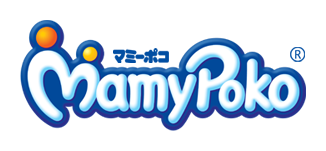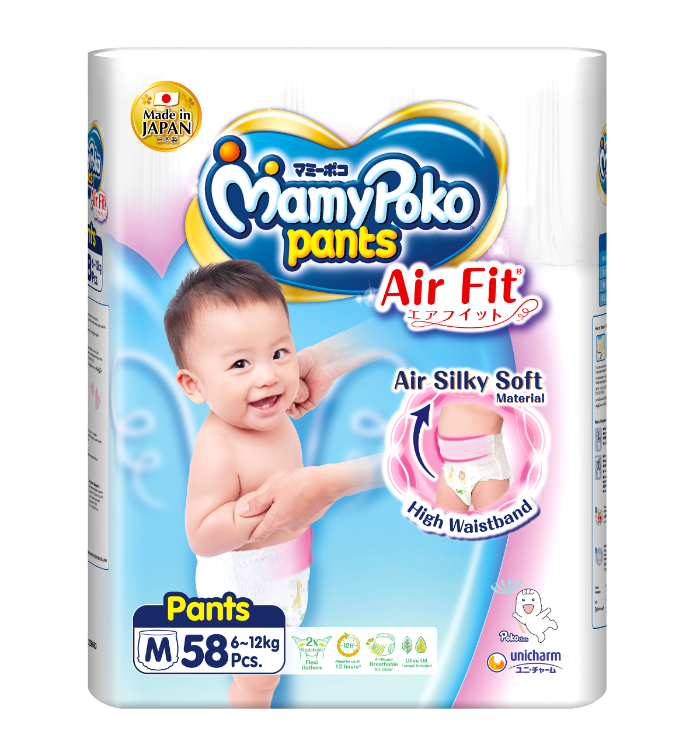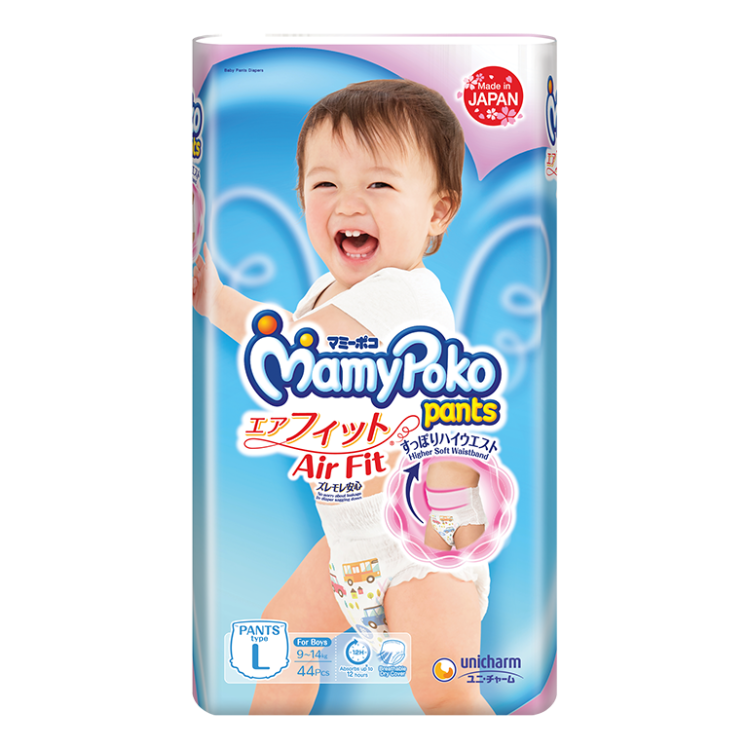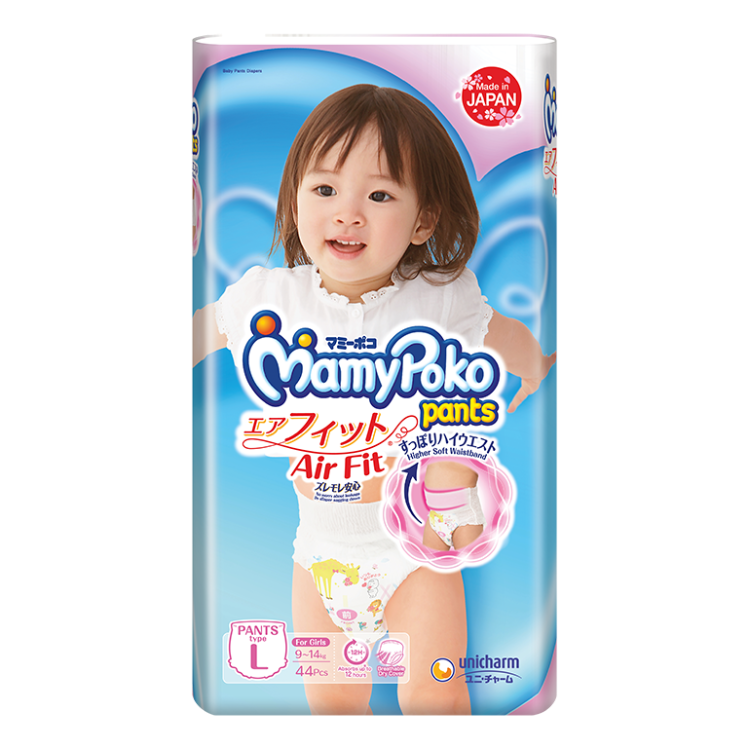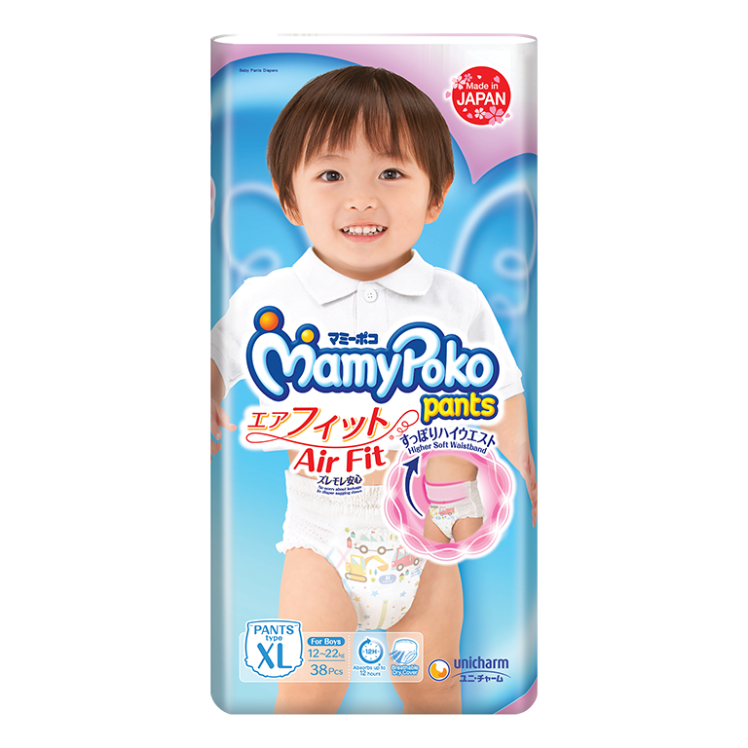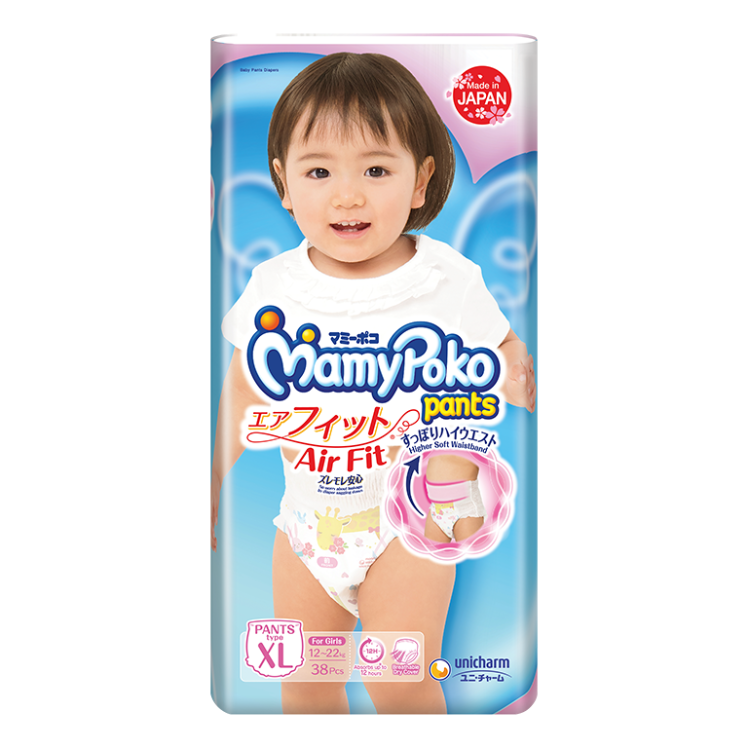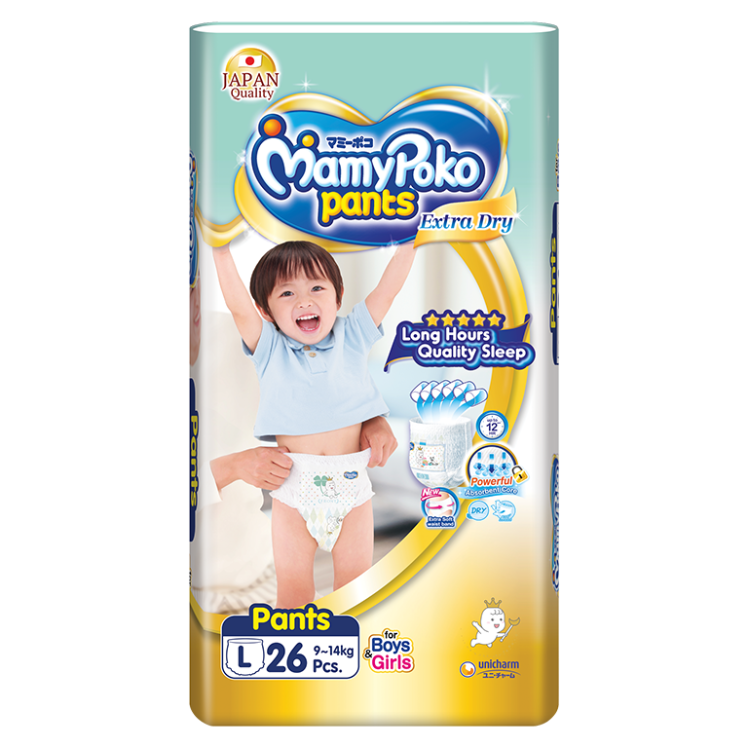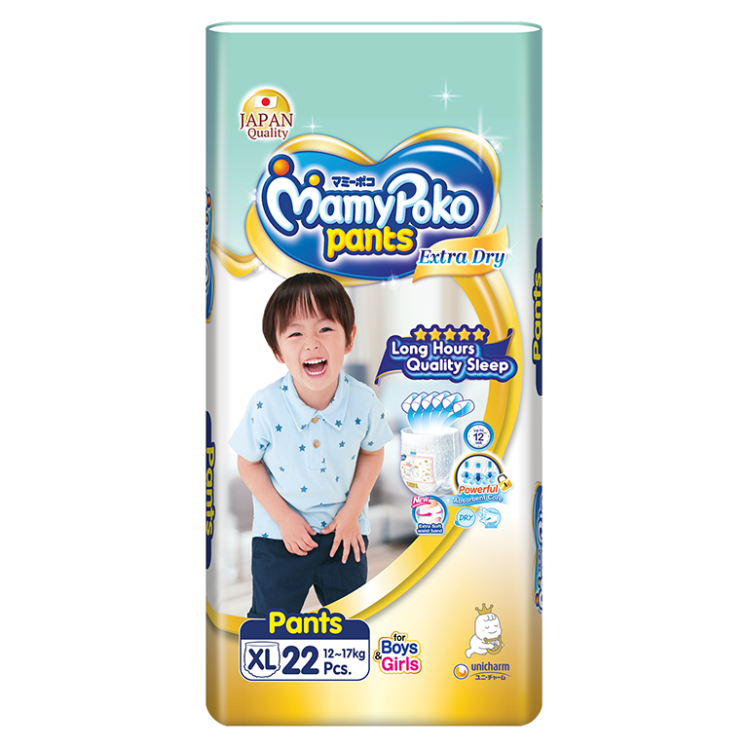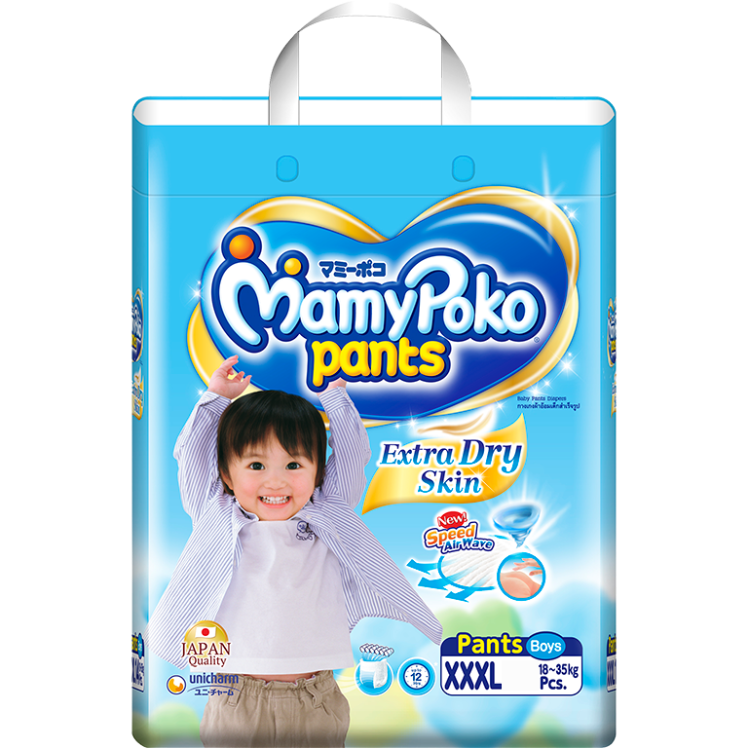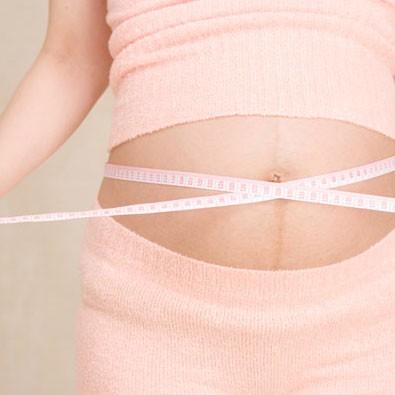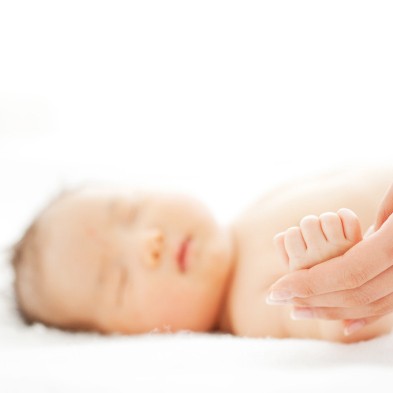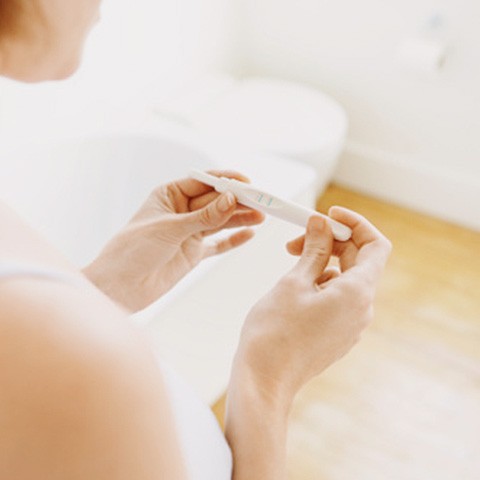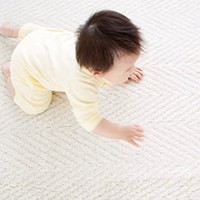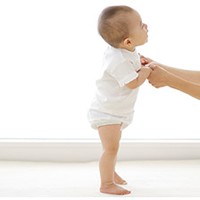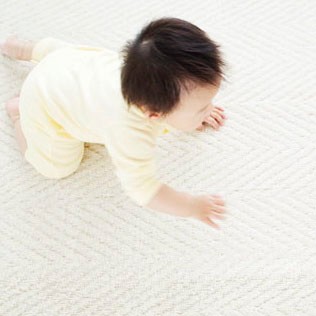My First Childbirth
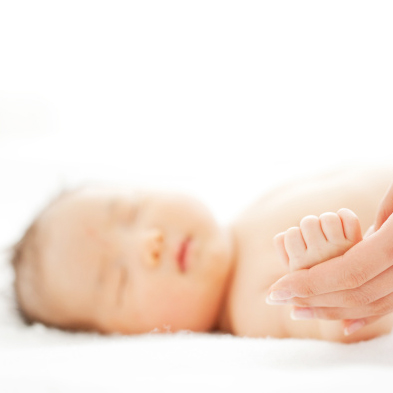
Childbirth can be a painful yet rewarding experience for mothers. After over nine months of pregnancy your baby is finally ready to meet you and the feeling of holding your baby in your arms will relieve you of all your labour pain. Let’s take a closer look on the process of childbirth.
Stage 1
Cervix dilates from 0-3 cm
Contractions interval of 5-20 minutes
Labour Experience
Menstrual-like cramps, backache, indigestion, diarrhoea and slight bloody discharge. Exercise deep breathing and relax.
General Hospital Procedures
You will remain in the labour room at this stage. Periodical checks on cervix dilation.
Cervix dilates from 3-7 cm
Contractions interval of 2-5 minutes
Labour Experience
More intense pain.
Get into comfortable position.
Exercise breathing technique like Lamaze.
General Hospital Procedures
Foetal monitor will be strapped on to determine baby’s heartbeat & contractions of uterus.
Cervix dilates from 7-10 cm
Contractions interval of 1-2 minutes
Labour Experience
Cervix is widely dilated, baby is almost there!
This is when you will experience rupture of membrane.
General Hospital Procedures
Foetal monitor will be strapped on to determine baby’s heartbeat & contractions of uterus.
Stage 2
Cervix dilates up to 10 cm
Baby is ready to be born!
Labour Experience
Doctor will place you on your preferred delivery posture.Doctor will prompt you to push. Baby’s head crowning. Keep pushing and breathing as instructed by your doctor.
General Hospital Procedures
You will already be in the delivery room. You might still be attached to a monitor to access your condition.
Stage 3
Delivery of placenta
Congratulations! You’ve made it!
Labour Experience
Doctor will assess if you need further medical treatment. Doctor will massage your lower abdomen to deliver the placenta. Suture will be done (if needed).
General Hospital Procedures
Mums will be cleaned up, given maternity pads and moved to their respective room to rest.
Medical Procedure
Now, let’s take a look at the medical procedures that are available during childbirth. This information will give you a better understanding on whatever procedure that you or your doctor might choose for you during childbirth.
Ecbolic Agent:
Doctor will assess if you need further medical treatment. Doctor will massage your lower abdomen to deliver the placenta. Suture will be done (if needed).
Episioto:
A cut of the perineum skin downward towards the anus to enlarge vaginal opening
Helps shorten the pushing phase, prevents oxygen deprivation for baby and ragged perineal tears
Vacuum Extraction:
Used when baby is not progressing down as quickly as it should be
Forceps Extraction:
A set of metal tong-like apparatus used to help pull baby out of the vagina
Cervical Ripening Agents:
Use of ripening agent called Pitocin that softens, effaces (thins) and dilates the vaginal opening.
Pain Relief Procedures
Intravenous (I.V) Medication:
Mainly used during early labour via an injection to the vein or muscle to help dull the pain. IV might not eliminate the pain completely.
Local Anaesthesia:
Injected to the vaginal and rectal area during delivery. Provide numbness in a small area (normally administered during episiotomy).
Epidural Anaesthesia:
Injected at the back lining of the spinal cord. Provides pain relief for vaginal delivery or allows the mother to stay awake during C-Section. Not recommended for women with low blood pressure or bleeding placenta.
It, however has some possible side effects and complications such as:
If not administered at the right spot, only part of the body is numbed – requiring more injection.
Due to lack of sensation, a urinary catheter must be inserted.
Can lengthen the labour period.
Possibility of having natural birth is greatly reduced.
Baby will have to be delivered by forceps, vacuum or C-Section as mom can’t feel their muscle to push.
Some mothers will experience headaches or migraines immediately after the procedure.
Apart from the Medical and Pain Relief Procedures mentioned above, one of the major procedures performed during childbirth is the Caesarean Section or better known as C-Section. C-Section should be considered as the last option and should be performed only during complications:
The Caesarean Section / C-Section
C-Section involves 2 types of incisions:
An incision through the abdominal wall
An incision through the uterus (to deliver the baby)
Conditions that require C-Section (opt)
Placenta Previa
Placenta partially or completely covers the cervical opening to birth canal.
Breech Birth
Baby is positioned in reversed position (buttocks or feet first).
Multiple Pregnancies
Delivering twins or usually performed for delivering three or more babies.
Maternal Illness
Complications such as heart disease or diabetes.
Cervix dilates from 7 -10 cm
Contractions interval of 1-2 minutes
Preclampsia and Eclampsia (toxema of pregnancy)
Symptoms such as severe high blood pressure, protein in the urine and seizures.
Conditions that require for an Emergency C-Sectionus.
Prolapsed Cord
A condition where the umbilical cord drops into the vagina during labour before baby is delivered.
Abruption Placentae
The placenta partially or completely tears away from the uterus before birth.
Cephalopelvic Disproportion
Baby is either too large or is not aligned properly to the birth canal.
Foetal Distress
Abnormally persistent foetal heart rate during labour that is life threatening to the baby.
Preclampsia and Eclampsia (toxema of pregnancy)
Symptoms such as severe high blood pressure, protein in the urine and seizures.
Our favorites feature uses your browser's cookies. To use this feature, please enable cookies. If you are using Safari on your iPhone or iPad, please turn off the Private Browsing Mode. If you clear the cookie, you also clear the Favorite that you chose.

